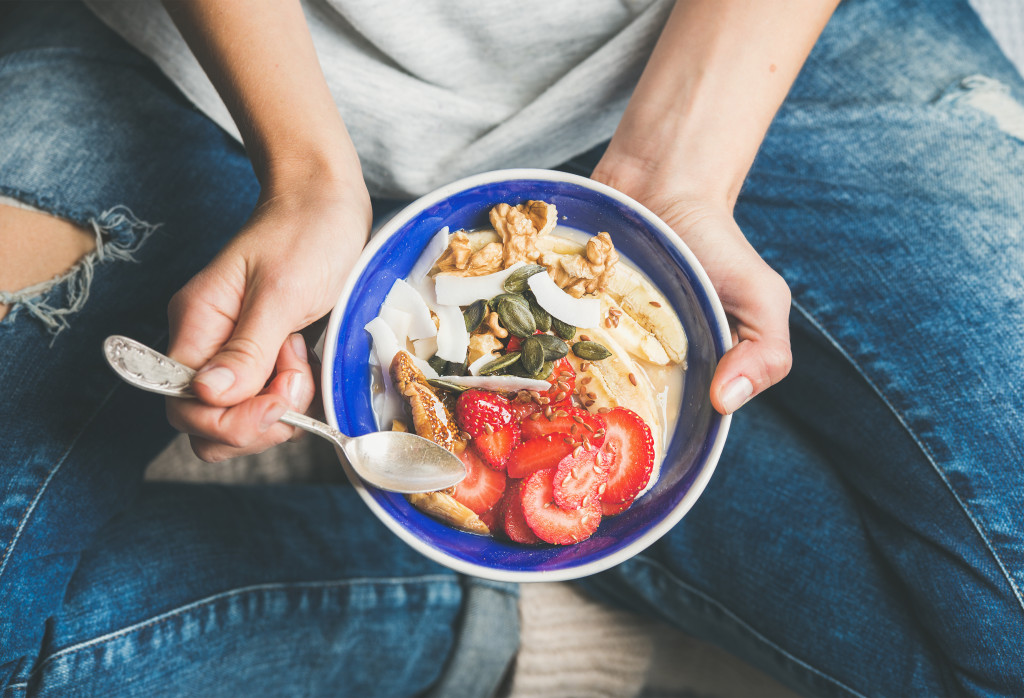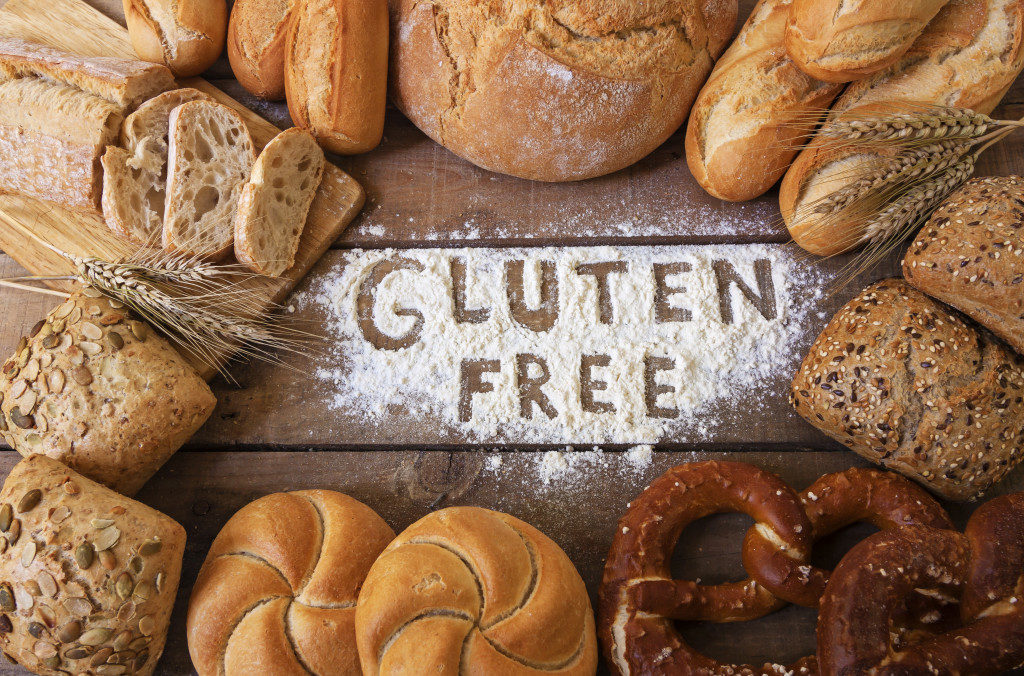Celiac disease is an autoimmune disease characterized by intolerance or allergy to gluten, which is the protein wheat, rye, triticale, and barley. For people who are living with celiac disease, the only way to avoid reactions to gluten is to avoid it altogether with a gluten-free lifestyle.
However, adjusting to a gluten-free diet is not always easy. If you have just been diagnosed with celiac disease, here’s how you can adapt to the lifestyle more easily:
1. Find gluten-free alternatives
Lots of carbohydrate favorites such as bread, pasta, and biscuits contain gluten. Fortunately, there are many gluten-free alternatives to these foods, such as gluten-free sandwich bread options, pasta, cake, cookies, and more. However, the only challenge is to find brands that you enjoy, which you can achieve only through trial and error.
2. Learn how to read nutritional labels
When living with celiac disease, or any other food intolerance or allergy, knowing how to read nutritional labels is an imperative skill. It is required by law for food manufacturers to list down ingredients on the packaging, highlighting allergens such as gluten, dairy, and eggs. Hence, it’s your responsibility to look at the labels to see if it’s gluten-free.
3. Look for gluten-free recipes
Many people dread going gluten-free because they think it’s going to be a whole lot different from their current diet. While there are a few changes you have to make to your food choices, going gluten-free is rarely a dramatic change unless you make it that way.
Hence, an excellent way to maintain your regular diet is by looking for gluten-free alternatives to your favorite recipes. But whichever way you go about it, making the required modifications is crucial for your health.
4. Know how to prevent cross-contamination
If you live with other people who are not on a gluten-free lifestyle, it is important that you learn how to prevent cross-contamination. For instance, cook gluten-free foods in separate cookware and eat them in separate utensils. When cooking for other people (with a recipe that’s not gluten-free), wash everything thoroughly and wipe down counters before cooking a gluten-free meal.
It’s also crucial to educate other household members about gluten cross-contamination. Remind other people in the house to not use your separate cookware and utensils, avoid double-dipping into gluten-free foods with utensils used on gluten-containing foods (e.g. when spreading butter on wheat bread and dipping the knife in the tub again), and prevent gluten-containing foods from touching fresh produce.
5. Focus on what you can eat

While avoiding gluten-containing foods, the adjustment into a gluten-free lifestyle is easier when you focus on things that you can eat. Remember that fruits, vegetables, meats, cheese, and eggs are gluten-free. Use these ingredients as the center of your meals and then think about the gluten-alternatives later.
A gluten-free lifestyle becomes easier once you get used to it, so that means the adjustment period is bound to be challenging. If you’re going to switch to a gluten-free diet, these tips can help you adjust to the lifestyle much easier, and before you know it, you won’t even be able to tell that you’re eating a specialized diet.

